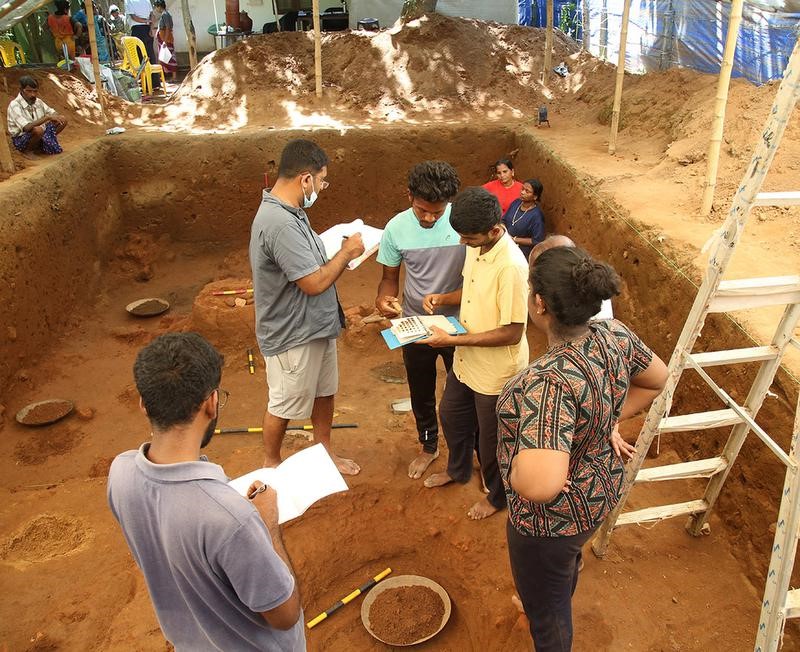Free Courses Sale ends Soon, Get It Now


Free Courses Sale ends Soon, Get It Now



Disclaimer: Copyright infringement not intended
Context
About the site
Society
No war and religion
Burial
Lineage
|
PRACTICE QUESTION Q) In the ancient period, Pattanam in Kerala was a site with a period of no caste or institutionalised creed, but with a close connection to nature. Elaborate. (250 words) |
https://epaper.thehindu.com/ccidist-ws/th/th_delhi/issues/30911/OPS/GTKB2GR02.1+GPIB2GVJP.1.html
© 2024 iasgyan. All right reserved